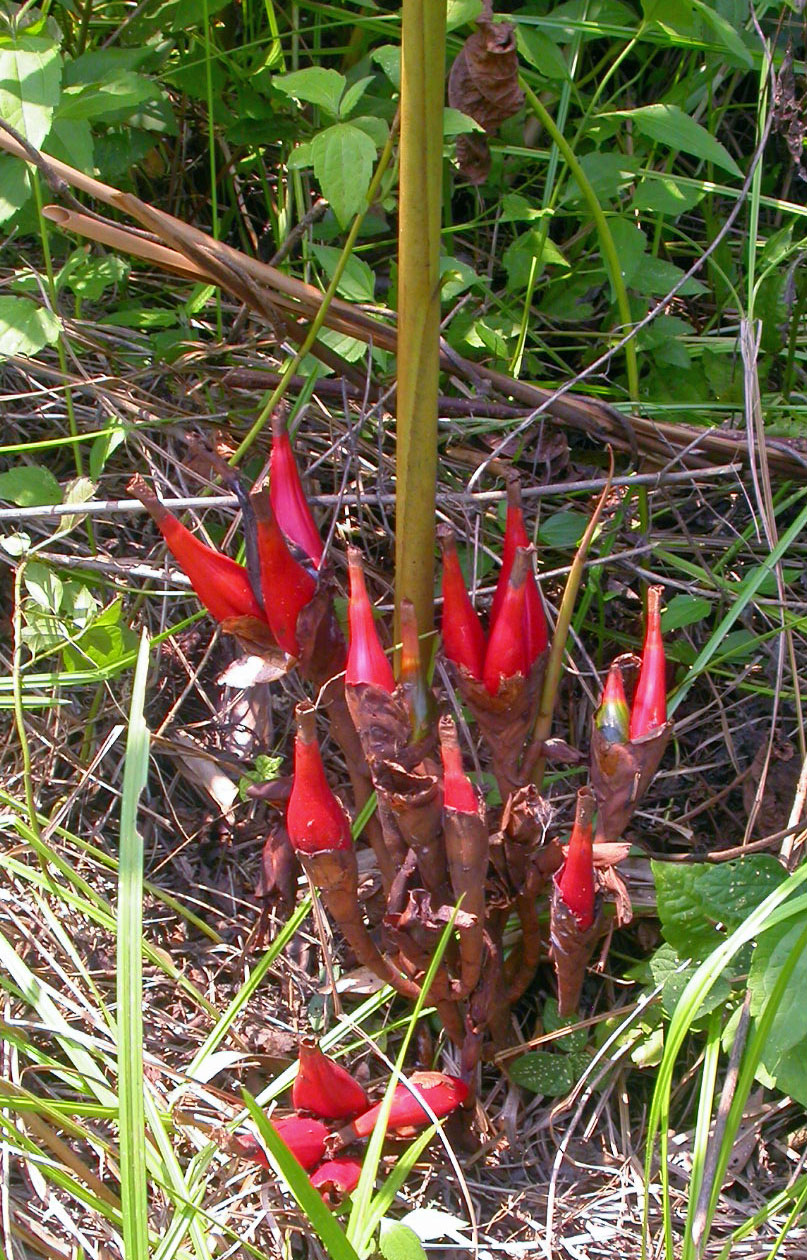! Nouveau site ici !
Vita > Plantae > Magnoliophyta > Liliopsida > Zingiberales >
Zingiberaceae > Aframomum
Aframomum angustifolium
(Longoza)


Vita > Plantae > Magnoliophyta > Liliopsida > Zingiberales >
Zingiberaceae > Aframomum
Aframomum angustifolium
(Longoza)

Une plante de la famille du gingembre. C'est une herbe qui pousse d'année en année. Il a des tiges de 2 m de haut. Ils sont constitués des bases des feuilles. Le porte-greffe est épais et rampant. Il pousse... (traduction automatique)
→suite
⬀
Le  donne accès au menu
donne accès au menu (c'est votre point de repère) 😊 ;
En dessous vous avez la classification, à partir de la vie (Vita, premier rang) jusqu'à la classe au dessus de la plante, dont vous trouvez ensuite le nom scientifique/botanique (latin) puis le nom commun (français), le cas échéant ;
C'est aussi un lien vers la fiche complète (tout comme la ✖, en bas à droite, et le +, en dessous de la description) ;
Vient alors l'illustration (ou ce qui la remplace, en attendant), la comestibilité :
Et en bas
⬂



